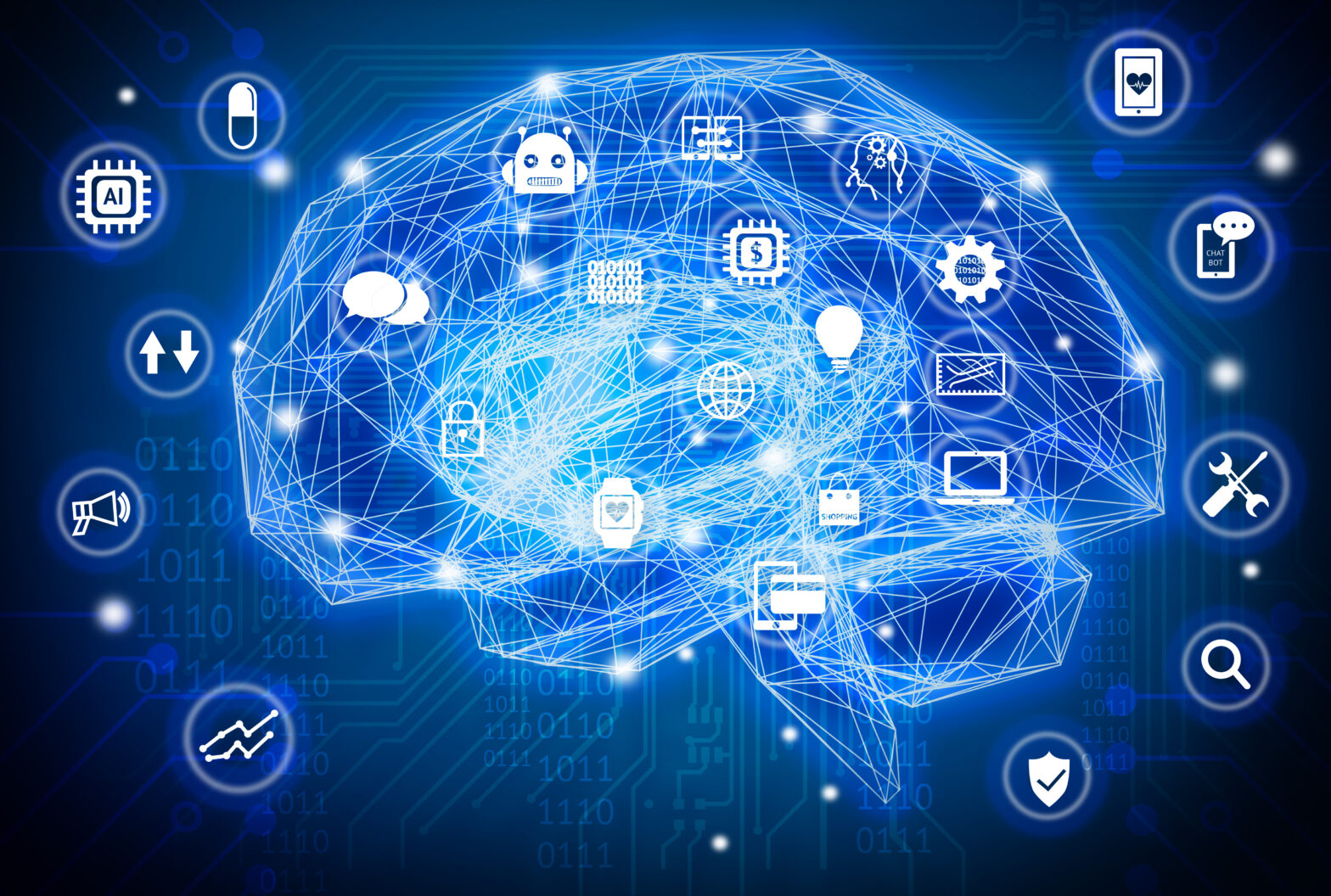Artificial intelligence is considered to be the next quantum leap. More UK businesses than ever before are making machine learning a top priority as it promises to fundamentally revolutionise multiple industries. Yet the concept of machine learning isn’t, in principle, anything new. So why the hype now?
What has changed today is the technical framework that makes implementing artificial intelligence possible in practice. This includes greater computing power, as well as affordable storage, powerful in-memory databases such as SAP HANA, highly developed algorithms but above all, big data – a corollary of digital transformation and the basis of machine learning.
>See also: What is machine learning?
At the same time, the pressure on companies is increasing: today, they are dependent on the automation of business processes to withstand the increasing pressure to be competitive and innovative, and to compensate for the shortage of IT specialists in the UK.
A match made in heaven
The huge data treasures that result from the execution of digital processes are buried in the systems of most companies and many organisations are trying to generate added value from them.
This is a task however, which until now required too many resources. Machine learning opens up entirely new dimensions here; as well as humans, intelligent algorithms are now also analysing the data – so quickly, comprehensively and intelligently that they can identify any interconnections even within the largest data volumes.
As demonstrated in previous experiments, no human brain is able to process as much data at comparable speed and accuracy as machine learning systems can and as a result, deliver a sound, data-based result within nanoseconds.
>See also: How to overcome the fear factor in machine learning
To date, pattern recognition is the most frequently used variant of machine learning: to make connections between large volumes of data in the process is only a sub-field. It is more important that the algorithm learns how a task can be accomplished.
Only in this way can the software recognise process deviations from the norm and provide recommendations on how to convert current processes into target ones. By integrating machine-learning components, an application can virtually think, learn and plan autonomously.
Don’t forget the human touch
A way of operating this goes far beyond a purely predictive data analysis. and involves more than just performing calculations according to rigid rules and the triggering of events. It’s all about agility.
To achieve this, and to be truly predictive, a system must be easily adaptable. After all, data, data sources, formats and processes are constantly changing. It must also leave room for creativity and innovation. Insights and suggestions gained with the aid of artificial intelligence should stimulate, not limit. Ultimately, real creativity and genuine lateral thinking still comes from humans.
>See also: Machine learning: The saviour of cyber security?
Companies that open themselves up to artificial intelligence clear the path for a revolution of sorts. Old, roll-based processes can make way for new, more efficient and intelligent procedures – complemented by looking into the future and asking: “What happens, if…?”
Bring AI into the real world
A corresponding contribution must be made by software providers. Machine-learning systems are only successful if management knowledge is combined with IT know-how and competent programming skills.
Compared to smaller companies, large providers such as SAP certainly have fewer issues when implementing self-learning systems. If you integrate artificial intelligence in this case, most data is automatically available and application scenarios are obvious.
You only need to think of the allocation of payments to invoices, the selection of applicants in the HR area, the evaluation of marketing ROI, or forecasts of customer behaviour in e-commerce transactions.
>See also: Machine learning and AI is changing how data science is leveraged
Machine learning offers great potential for companies from the big-data environment, provided they muster the necessary developer capacities to integrate machine learning into their applications.
As AI moves from the future into the present, organisations not only want to gain insight into their own processes via classical process mining, they are also looking for practical support for the decision-making process, such as guidance on how to further optimise single process steps or efficiently eliminate any hurdles that still exist. By doing so, they can understand which influencing factors would be worthwhile tackling first.
Sourced by Bastian Nominacher, co-founder and co-CEO, Celonis







